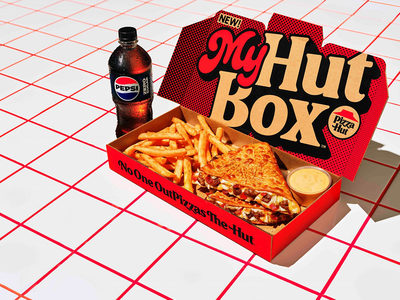CHICAGO — The National Restaurant Association Show, held May 18-21, showcased tools and technology to assist foodservice operators, chefs and support staff with meeting the cravings of today’s diners. Lizzy Freier, director of menu research and insights for Chicago-based Technomic, identified “creating controversy” as an opportunity to fuel menu innovation.
During her presentation on Guest-Winning Menu Trends, she explained there are three ways to introduce controversy to the menu. One is through unexpected ingredients.
Los Angeles-based Jemma, for example, developed a cocktail called Pasta Water, which is a mix of gin, olive oil and salted pasta water. Anchovy brine is the star of the Earth Cocktail served at Jolie in New Orleans, while olive-oil is the edgy ingredient in Starbucks’ new Oleato beverage lineup.
Controversy also comes from mashups, such as KFC’s Chizza, which is two 100% white meat extra crispy fried chicken filets topped with marinara sauce, melted mozzarella cheese and pepperoni.
Chizza first debuted on KFC menus in the Philippines in 2015 and since then the KFC exclusive has made its way around the world to Korea, Taiwan, India, Thailand, Germany, Spain and Mexico, among other countries. Now it’s in the United States for the first time as a limited time only item.
Limited-time offerings continue to drive consumers to all types of restaurants, in efforts to satisfy their culinary curiosity, said Atlanta-based trend tracker Nancy Kruse. She cited recent limited-time offerings such as Velvet Taco’s Potsticker Taco and Del Taco’s Birria Ramen.
And what complements limited-time offerings better than controversial descriptors, which is the third attention-getter, Freier said. The word “dirty” is garnering a lot of attention, she said, citing the example of Sonic Drive-In’s recommendation to customers to add coconut cream and lime to any drink to “make it dirty.”
Kruse built on Freier’s recommendations during her State of the Plate presentation. She said comfort foods are huge right now, as they satisfy the cravings so many consumers have for stability and safer, kinder times. It’s no wonder childhood flavors — like blue raspberry and marshmallow — are showing up everywhere. So are back-to-basic meals, like grilled cheese, loaded potatoes and pot pie.
Many of these come with a twist of flavor adventure, which could be tasted on the expo floor. JTM Food Group, Harrison, Ohio, showcased its new birria sauce with pork in a grilled cheese. There was also a cerveza queso mac.
When it comes to community, Kruse pointed out the prevalence of charcuterie, shared plates and brunch boards. J&J Snack Foods, Pennsauken, NJ, showed off the many shareable ways to serve its more than 10 basic formats of soft pretzels, including a Brauhaus pretzel charcuterie plate.
All of these trends complement the “Disappearing Daypart,” which was the title of an educational session on May 19.
“The program title doesn’t refer to any particular daypart that we see disappearing, but rather the overall concept of dayparts as an organizing framework for the business is what we think may be disappearing or at least giving away to newer frameworks,” said Tom Sebok, managing partner and principal at the New England Consulting Group, Westport, Conn. “I don’t need to tell you it’s been a tumultuous past few years within the restaurant and foodservice business … and while much of the change that we’re seeing has been building for decades, I’m sure you will agree that the pace of change has really accelerated.”
This is due to advanced technologies, which have shaped consumer expectations. Diners want anything and everything at any time of the day, and they want it to be convenient. This trend has made digital equipment and robotics necessary for survival of the fittest, especially with the space allocated to many kitchens getting smaller.



